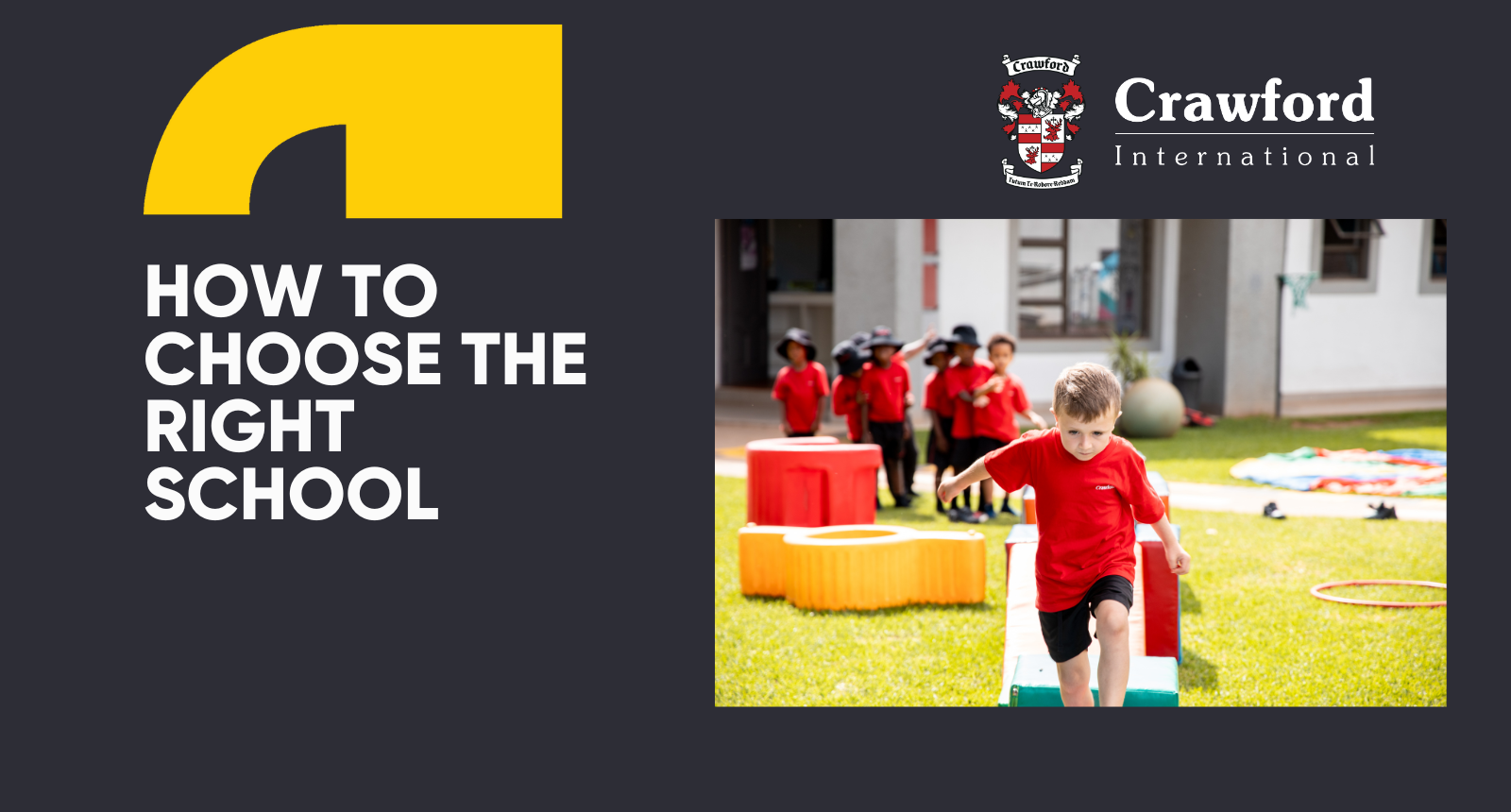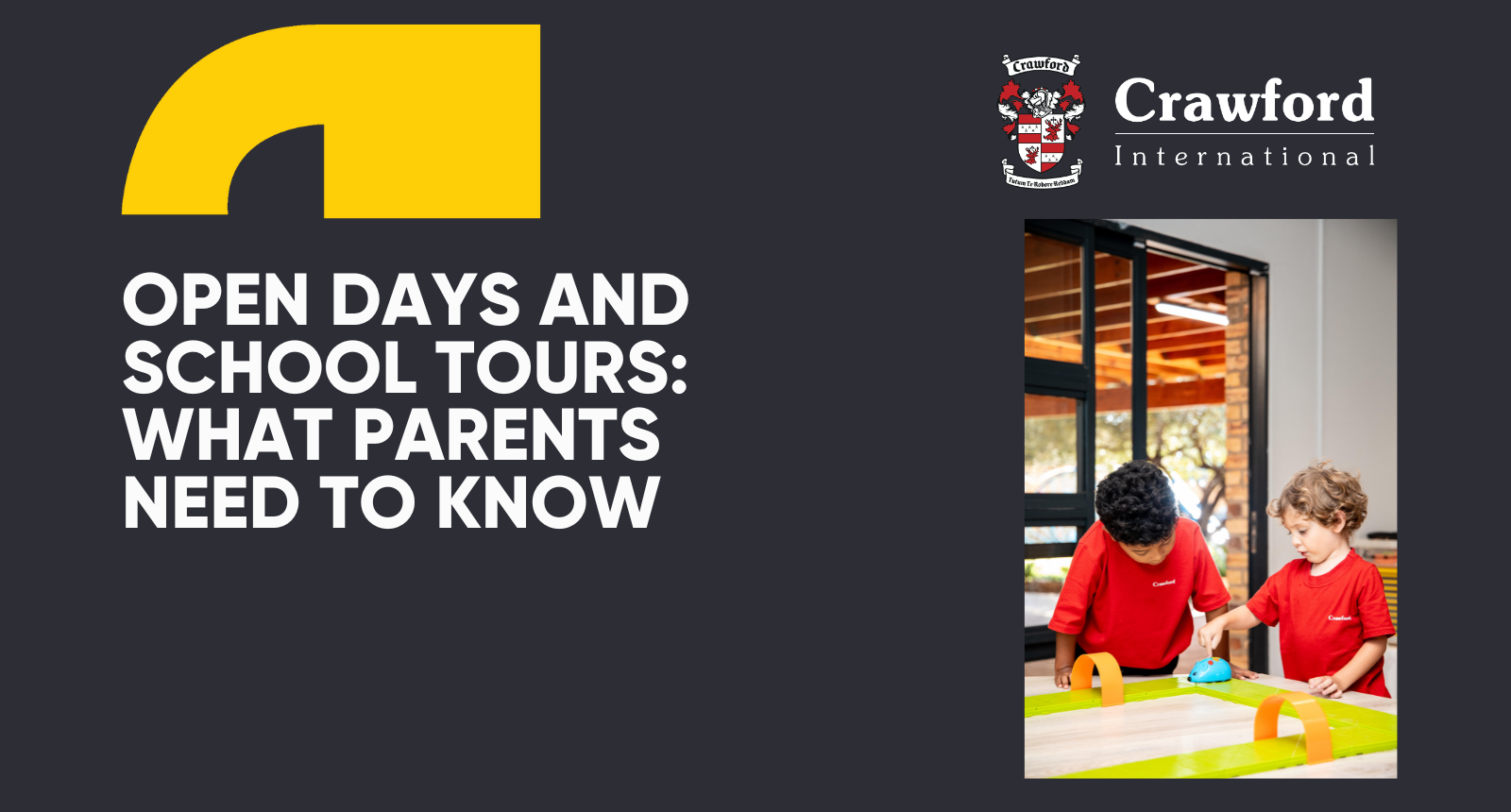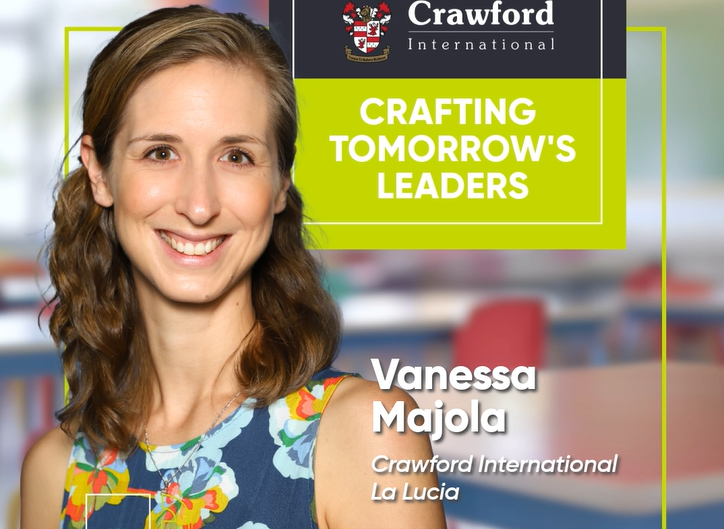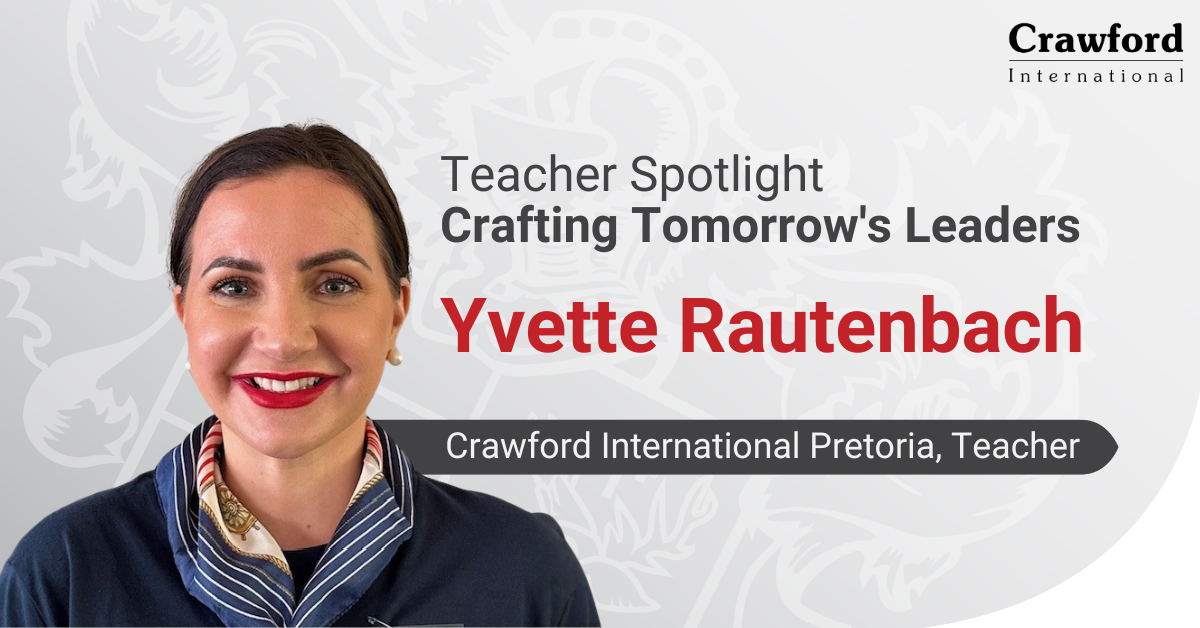How to host a playdate
April 7, 2023
Here's how to have successful, fun social gatherings for your child.

Playdates are a great way to encourage your young child to learn important social skills, build friendship, learn how to get along with other children, and expand their understanding of the world outside of the family. Your child also gets to practise taking turns and sharing, learning their boundaries and those of others, and to be kind to others. They also give you a chance at having some adult conversation!
But don’t let the thought of mite-sized social activities flare up your anxiety. With a few clear boundaries, mutual respect, and creative diversion tactics, playdates can be something everyone involved enjoys. Read on to upskill, Mom.
At what age do playdates start?
This is not an activity restricted to the too-cool-for-school preschoolers out there. Babies as young as 1 to 2 years can start enjoying playdates with you sitting close by. Expect your child to spend a lot of time exploring their immediate surroundings or playing with toys well within reach. They won’t be actively playing with another child, but they do learn from them and gain important social skills. We talk about this in a blog on the stages of play – give it a read to learn more about solitary, onlooker and parallel play. You could also join a playgroup at this age, but remember to keep these small – around three or four other toddlers is good.
Around ages three to four, children are more interested in interactive play so they’re likely to play with other children at playdates. It’s still a good idea to be close by so that they know you’re there if they need you, and so that you can keep an eye on how they’re doing. At this stage you could do one-on-one playdates, or bring a small group of children – and their adults – together for some fun.
How to arrange a playdate
When hosting a playdate of your own, try incorporating some of these tips:
- Pick the spot
You could have the playdate in your home or find a nice spot where you could meet, such as a kid- and play-friendly restaurant or activity, such as an animal farm, the zoo, etc. Keep the age of your mind and potential playmate in mind, and try to keep things as close to home base as possible for both you and your guests. If they live far away, try to find a location in the mid-point between the two of you.
- Plan it strategically
Keep things like age, naps, and mealtimes in mind. You might want to have the playdate between nap times to decrease the chance of meltdowns, check on potential allergies if you’re preparing snacks, and ask about specific no-nos like sugar or screen time.
- Keep it short and small
The whole point of a playdate is to encourage your child to socialise and bond with others. Limit overstimulation by keeping it to one or two hours, and invite just one to three children
- Lay the ground rules
Let the other mom/s or dad/s know that they are invited to the playdate too, and try to pay them some attention too. The saying “be a host, not a ghost” applies here. It’s also important to exchange all contact information with each other so that if someone falls ill or there’s a reason the playdate can’t happen as planned, you can get hold of them. Be clear about the date and times of the playdate too, both start and end times.
You may also get questions about the safety or rules of your house, and parenting styles. It’s important to keep an open mind and to be honest and open – some parents need to know exactly what to expect and require reassurance in this aspect.
- Do a bit of prep
No one expects dinner and a show here, but it helps to have one or two activities planned that will keep the kids busy and entertained. This can be something as simple as drawing on the driveway with chalk, playing musical chairs, or icing biscuits together. It’s also a good idea to do a bit of a checkup on baby proofing and safety, clearing away anything that may pose a risk.
You should also prepare your child for the playdate and what’s expected from them as a little host. If they’re having trouble sharing with others, let them select one or two extra special toys to put away for the duration of the playdate, but make it clear that everything else is fair game and should be shared with their friend/s.
- Go with the flow
Even the best laid plans go awry so be ready for something, or everything, to go wrong. If the children are struggling with sharing or are having a small disagreement, give them some time to figure it out amongst themselves and have a backup location in case it rains. And if it all ends in tears, remember that everyone has bad days, even young children.












